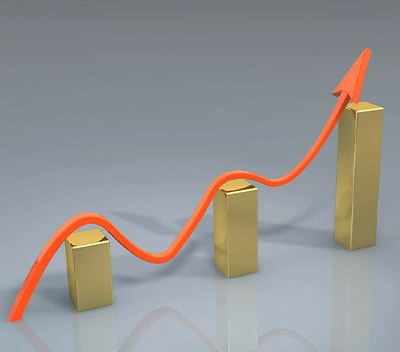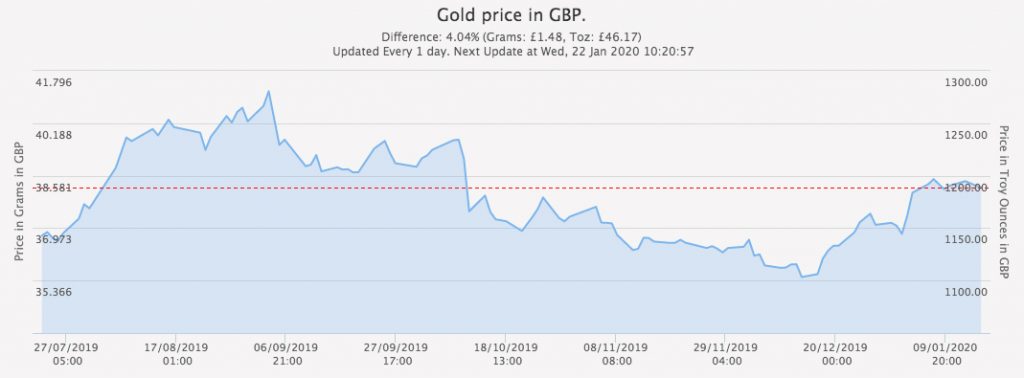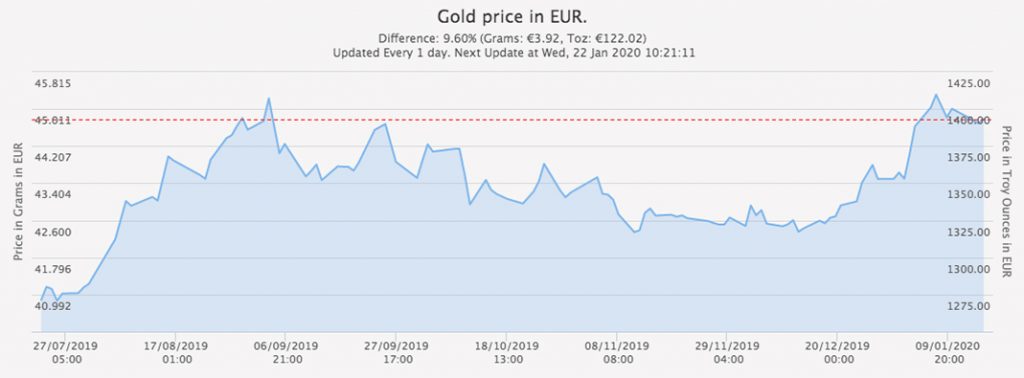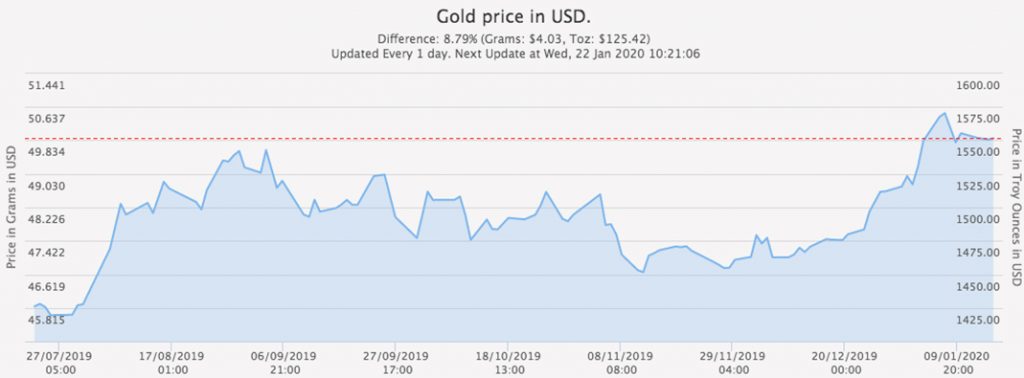
How Do We Measure the Price of Gold?
There are 180 currencies recognised by the UN currently in circulation, in 195 countries across the world. This means there are dozens of varieties of legal tender, whether that’s banknotes or coins, all in circulation as official means of exchange. Where there’s money, there’s sure to be gold – the two rarely go without one another.
Despite this, currencies are all competing against one another on the forex markets, meaning some are more valuable than others. This means the price of gold differs greatly from country to country – depending on where you are, gold could be rocketing up in price, plummeting or staying flat. But why is the gold price like this?
The US dollar sets the rules for gold
If you want to know where to start with the way the gold price is measured, and how it works internationally, you would be better off starting with the way it is priced in US dollars first. In the past, gold prices used to be fairly static for long periods of time, especially when many countries (including the US and UK) used to belong to the Gold Standard.
This monetary system meant that gold prices were fixed and a country’s fortunes depended on how much gold resided within their borders. Outflows of gold would lead to the need to devalue, for example, in order to fit in with the rules set out by the Gold Standard.

However, in 1971, President Nixon famously severed the link between the dollar and gold, allowing the US dollar to become a fiat currency, whose value depended on the amount of physical currency in circulation, as opposed to how much gold the US held. This heralded the start of a half-century-long bull market for gold prices.

In 2020, the official gold price on the open market is determined by what is termed a gold fix – the ICE Benchmark Administration leads a twice-daily conference call (10:30am and 3pm London GMT), where it sets the LBMA Gold Fix, in US dollars. Prices in pounds and Euros are also available, but serve purely as indicative prices for settlement purposes only.
Different currencies see different gold prices
One of the things investors will have seen in the UK gold price is that it has outperformed gold prices in the US, especially over the last five years. But how can this be? Gold prices in the US peaked in nominal terms back in 2011, at almost $2,000 per troy ounce. More eagle-eyed gold investors in the UK will note that gold prices in the UK have actually already surpassed that 2011 peak, reaching a new all-time high in 2019.
How can one single precious metal be experiencing radically different price actions in two countries that aren’t so different, you might ask, when you look at the fundamentals of their respective economies.
Simply put, prices have something of a base level in US dollar terms, and all major price action stems from this point. When the pound devalues against the Dollar, investors will see how prices of gold in pound sterling will start to move higher, appearing to converge closer to the US value for gold, as there continue ot be more dollars to the pound, but only just.
Over the last decade, the price of gold has largely zig-zagged in US terms, but when filtered through the performance of sterling, which has continued to devalue first in 2008 and again from 2014-19, you will see that prices zig-zagged but moved to higher highs, as the weakness of the pound shone through.
Gold serves as a useful barometer
All of this implies that international gold prices come down to the performance of local currencies. Gold is often touted as an inflation hedge, or a store of wealth for investors who wish to avoid losing money as currencies devalue against one another.
The outperformance of UK gold prices is something of a canary in the coal mine, as it has accurately tracked the elevated levels of risk associated with investing in the UK.
Brexit uncertainty and general political instability, alongside economic weakness compared to the US, have ensured that the pound has remained depressed since 2015, with sudden downward lurches occasionally, such as the movement seen following the EU referendum.
In countries such as the UAE however, gold prices can seem less clear-cut than they are in the UK or the US. In Dubai, one of the largest emirates of the UAE, there was something of a fractured gold market in recent times, meaning sellers often charged different prices, potentially confusing tourists who came to visit.
The issue of this fractured approach to measuring gold prices in Dubai became such a burning issue that gold sellers were required to start putting up screens displaying a uniform “official” price of gold from 2016 onwards, to assure visitors that sellers were complying by international gold prices.
The Department of Economic Development wished to introduce this system, to eliminate concerns that consumers were being cheated in some way when making gold purchases.
As well as requiring a uniform gold price, Dubai gold sellers were also encouraged to ensure that, in order to protect Dubai’s local gold and jewellery industries, gold prices must include a three to five per cent mark-up compared to international prices, updated four times a day.
Gold prices abroad – a complicated story
While gold investors can be sure that a troy ounce of gold only differs from the US dollar value of gold, purely due to the currency exchange effect, investing in gold sourced from the gold souks of Dubai demonstrates just how complicated the gold markets can be on an international level.
Different tax regimes can also do much to affect the cost of gold from different countries.
In recent weeks, UK gold prices have climbed, following the pre-Christmas general election, almost reaching the crucial £1,200 per troy ounce price level. News of rising tensions in the Middle East has done much to push gold prices higher in US dollar terms, and if the pound remains under pressure in 2020, UK gold prices could potentially move back to their 2019 peak or beyond.
It’s all just a question of what drives sentiment, not only in the US gold markets but also in the UK currency markets as well. To stay on top of the latest developments in the price of gold, check out our live gold price chart.
If 2020 feels like the year you wish to take the big leap and start investing in gold, to diversify your portfolio away from riskier assets, take a look at some of the various gold items we offer here at UK Bullion.
Give us a call on 0800 090 3256, if you’d like to learn more about investing in gold today, with UK Bullion.


+ There are no comments
Add yours